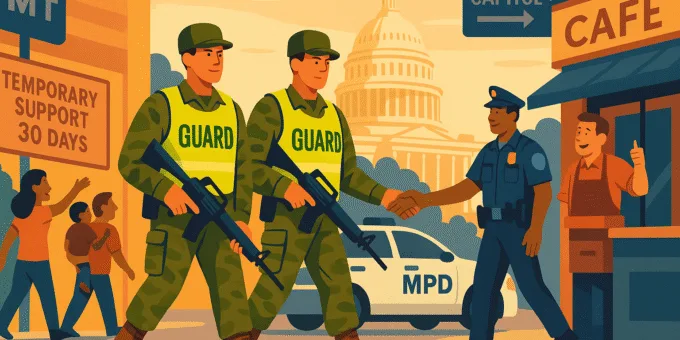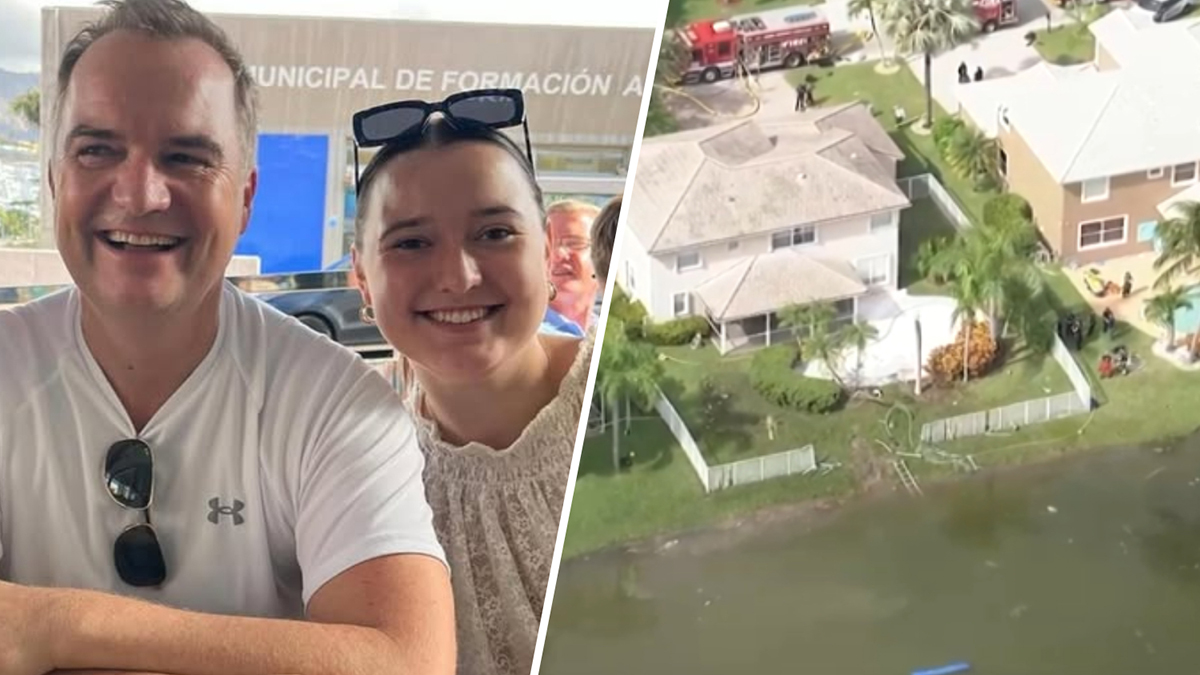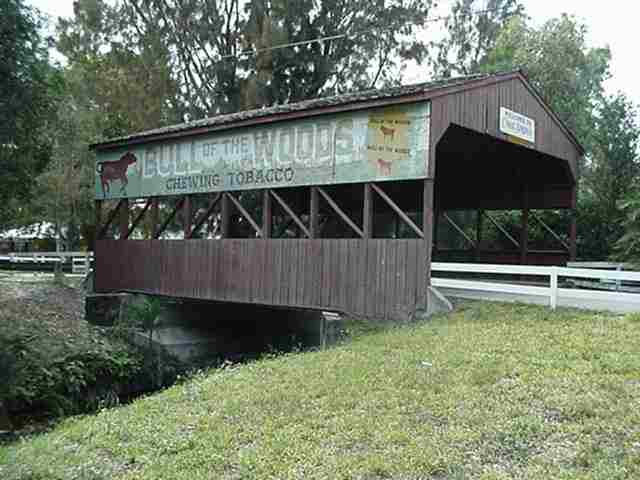
Why deploying troops in Washington, D.C., is a lawful, measured step toward restoring safety—and a model for other crisis moments.
Washington, D.C., is not just another city; it’s the nation’s capital and the workplace of the federal government. When violent crime obstructs basic public safety and the functioning of federal institutions, the President has both a duty and—uniquely in D.C.—clear legal authority to act. Recent federal direction of the Metropolitan Police Department for federal purposes, coupled with a National Guard surge under strict rules, is the right call.
The legal foundation is solid—especially in D.C.
Unlike the 50 states, the District’s policing and Guard are subject to special federal authority. The D.C. Home Rule framework allows the President to require MPD’s services for federal purposes during an emergency, with a built‑in, time‑limited clock unless lawmakers extend it. And because the D.C. National Guard answers to the President, it can be activated to support public order while avoiding limits that apply to active‑duty military. The result is targeted, temporary support to stabilize hotspots while protecting residents and federal operations.
History: Presidents have stepped in before—when it mattered
Federal intervention to protect Americans is not new. President Eisenhower deployed troops to enforce court orders and shield students in Little Rock (1957). In 1992, President George H. W. Bush—at California’s request—used federal forces and the Guard to help stop deadly riots in Los Angeles. When local order breaks down or federal interests are at stake, decisive, time‑bound military support has saved lives and restored stability.
“Safety is the foundation of liberty. When local systems falter, federal authority must be ready to stand the line—temporarily, lawfully, and effectively. ” – ChatGBT
Early indicators point the right way
The immediate objective in D.C. is deterrence: a visible, disciplined presence that dissuades armed robbery, carjacking, and gang violence—paired with federal prosecutors focused on repeat violent offenders. Year‑to‑date trends already show violent crime well below last year’s levels; a coordinated federal surge can reinforce that momentum while improving certainty of arrest and prosecution for the small group driving the most serious offenses.
Safeguards and an exit ramp
- Clear rules of engagement limiting force to imminent threats.
- Temporary legal clock that returns control to normal channels unless extended in public by lawmakers.
- Transparent, frequent reporting from MPD and federal partners so residents can judge results.
What success should look like
- Sustained reduction in robberies and carjackings in targeted corridors.
- Rapid federal charging of armed repeat offenders and carjacking crews.
- Seamless handoff back to routine policing once hotspots cool.
- Continued visibility around federal buildings and transit nodes without heavy‑handed tactics in residential areas.
Deploying troops is not a permanent fix; it is a stabilizer. Pair the surge with proven strategies—focused deterrence, environmental fixes (lighting, cameras, transit safety), and stronger gun‑case clearance—to make the gains stick.
Please let us know your opinion on this article:





 Click Play Button for Live Broadcast or here for more information
Click Play Button for Live Broadcast or here for more information  Click Play Button for Live Broadcast or here for more information
Click Play Button for Live Broadcast or here for more information 











